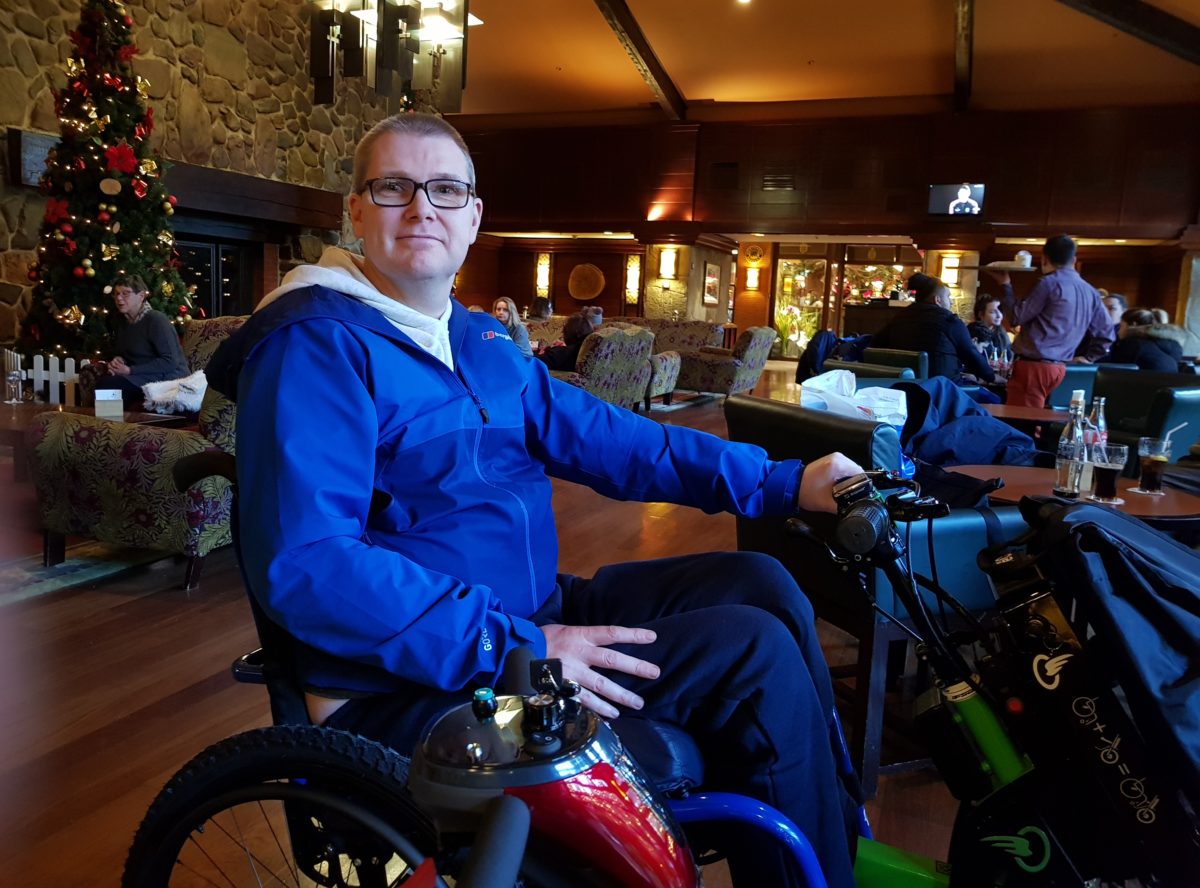So it’s been a while since my last post, why the long gap you ask, well I have mainly written this blog as a cathartic exercise with a side order of helping out others in a similar situation and didn’t feel the need to write anything but I thought I should write about how strange it has been.
As you may know if you have been a regular reader I work full time and because of my heart condition and SCI I am classed as vulnerable (although strangely not extremely vulnerable) so back in March I started working from home then the lockdown came and I was furloughed, so I spent the next two months in the house, not even going outside for over a month before I started to catch some sun (sunlight is important see previous post). Strangely it was probably a bit easier for me than some others as I had spent 5 months in hospital back in 2017/2018 and was / am not as sociable as previously .
This is mainly due to the hassle factor of being in a wheelchair, is it raining ? (Whilst I can go out in the rain, getting a wet lap, having less grip on the wheels etc are all off putting)
Will there be disabled parking ? Is there disabled toilets ? Is it going to be busy ? All of which will influence my decision as to whether to go out.
Equally we don’t get as many visitors as we used too, I guess your circle of friends shrinks as you get older and definitely shrinks when you become a full-time wheelchair user.
All of which meant that actually weekends were very similar to pre lockdowm, what was different for me was the working week, I missed the office banter and camaraderie. I found this hard as just seeing my close family was not the same (as much as I love them).
Am now back working (part-time) from home at the moment but am speaking to work colleagues and enjoying being back in the loop.



